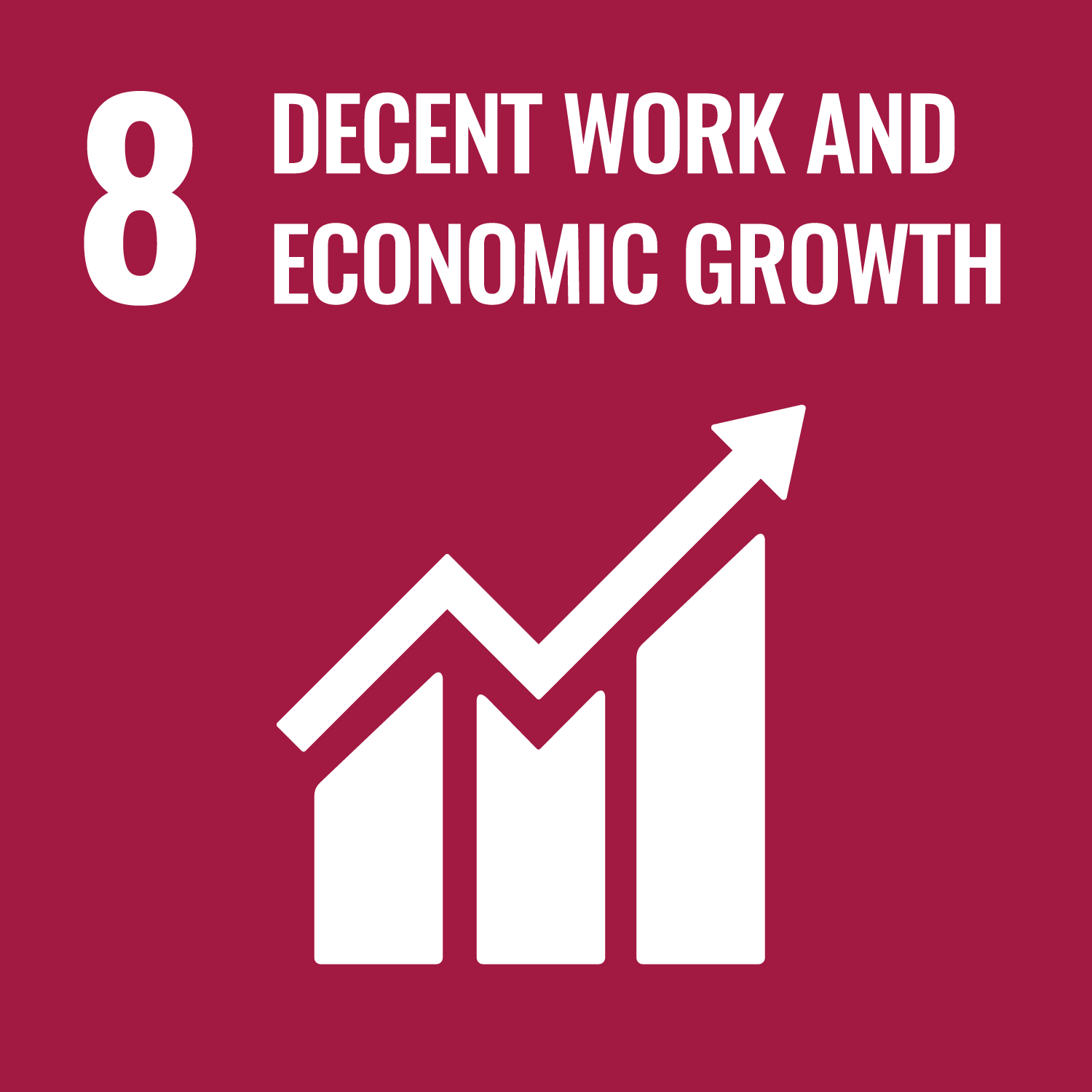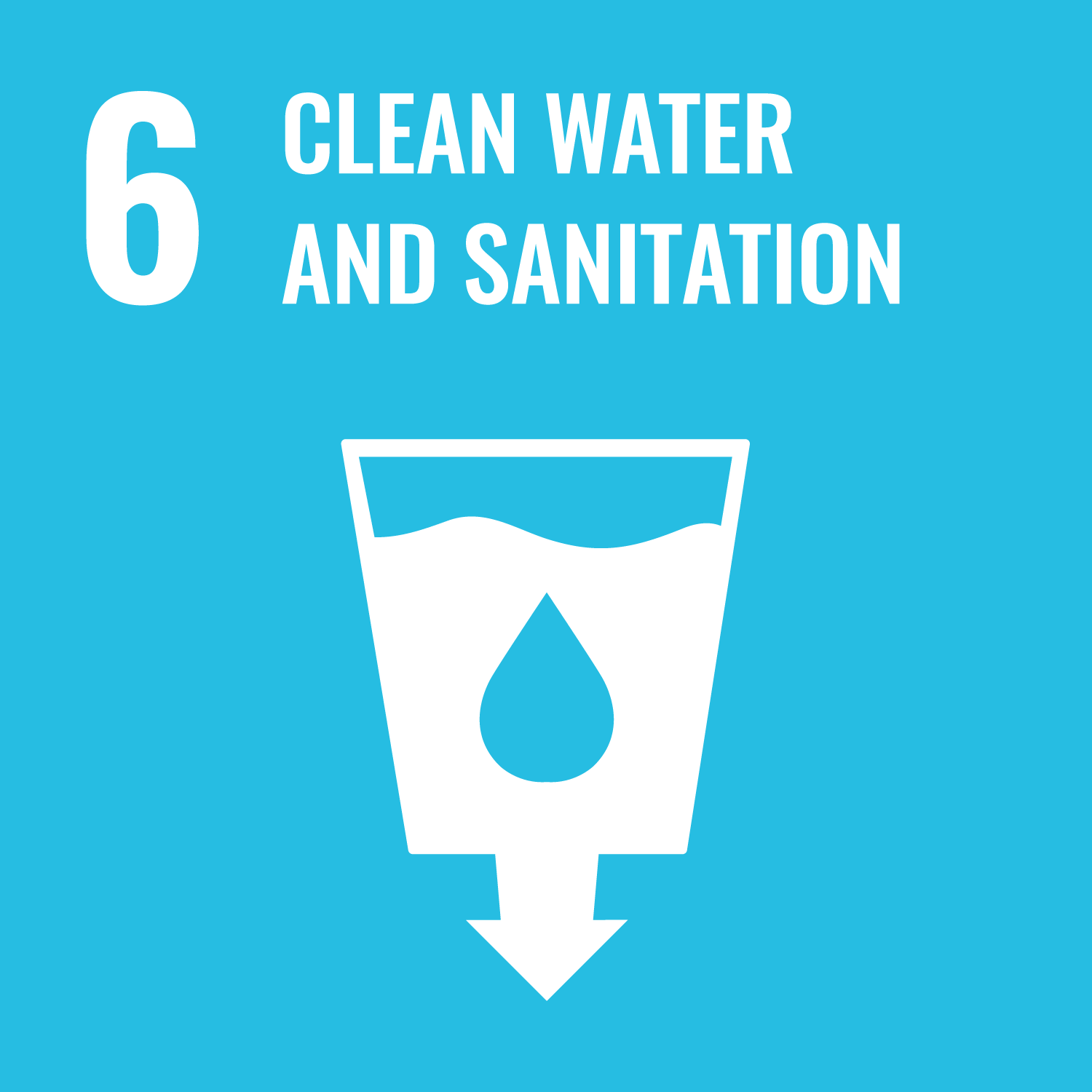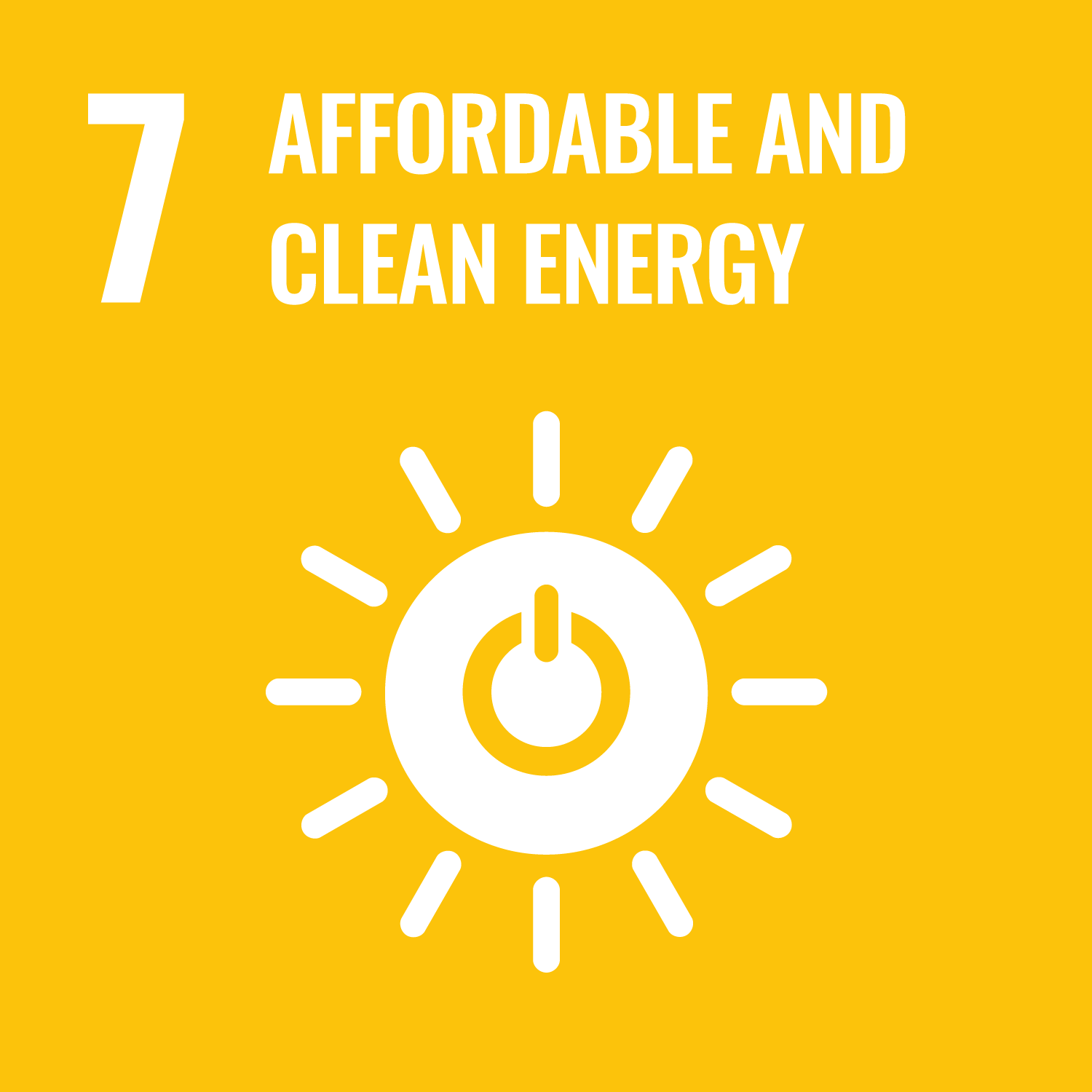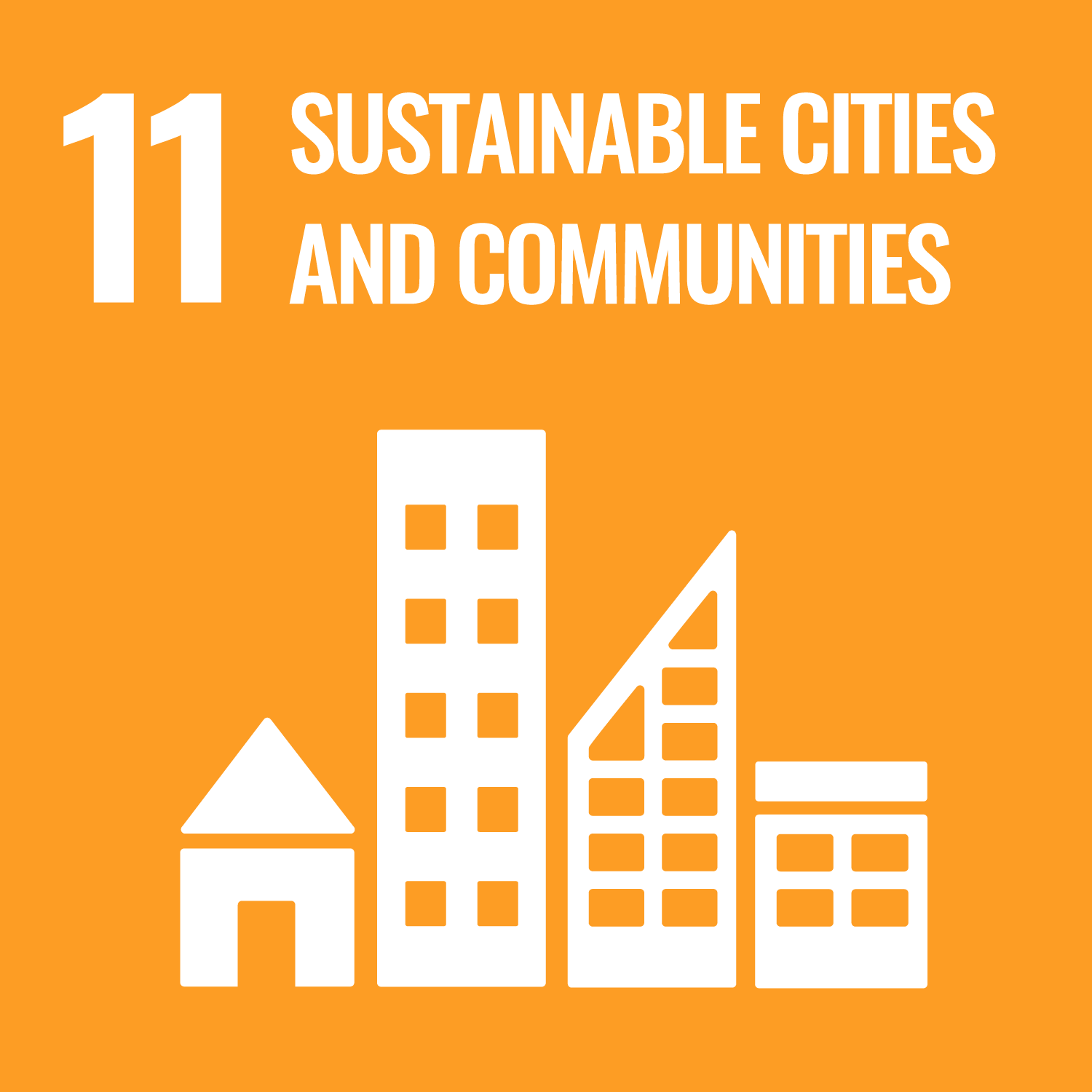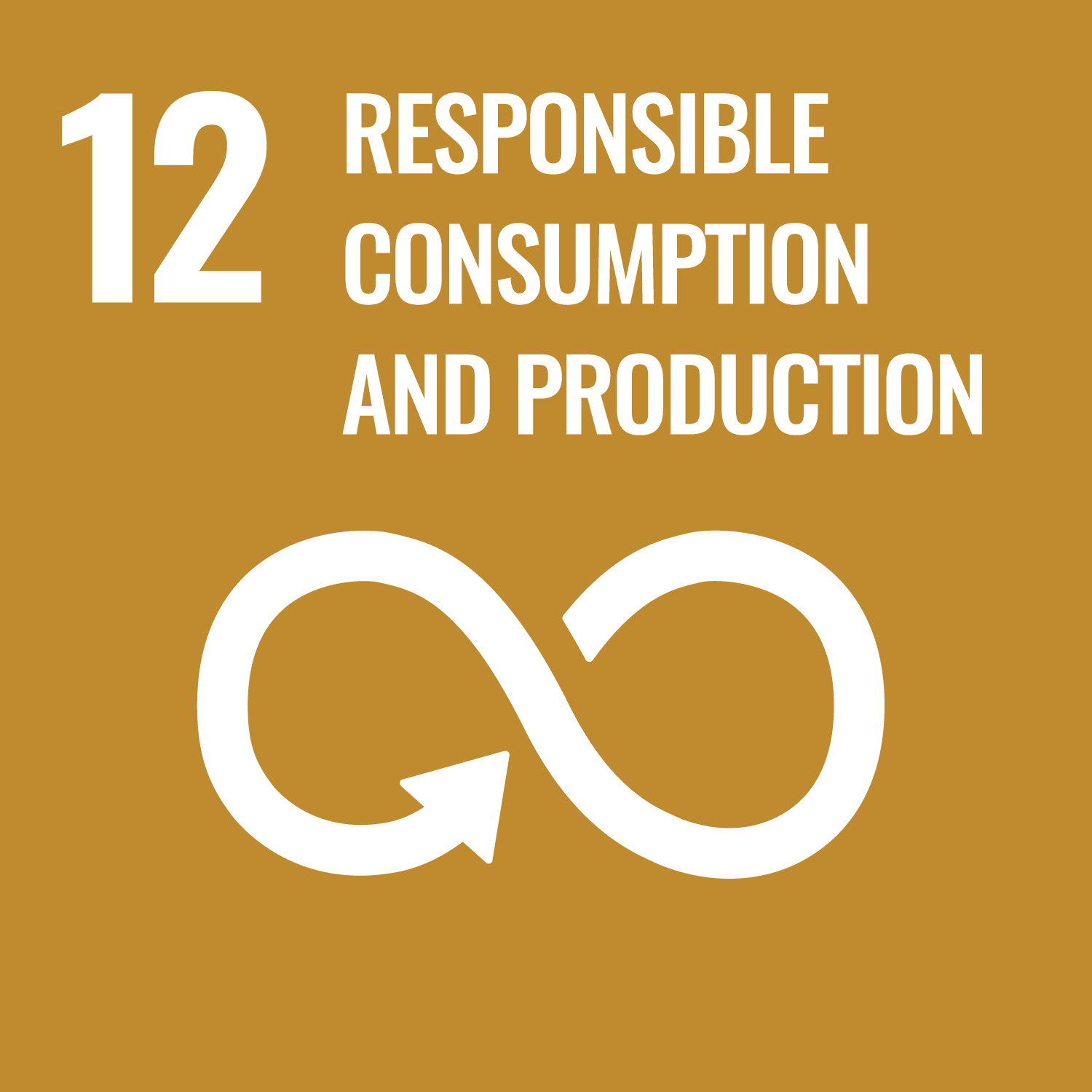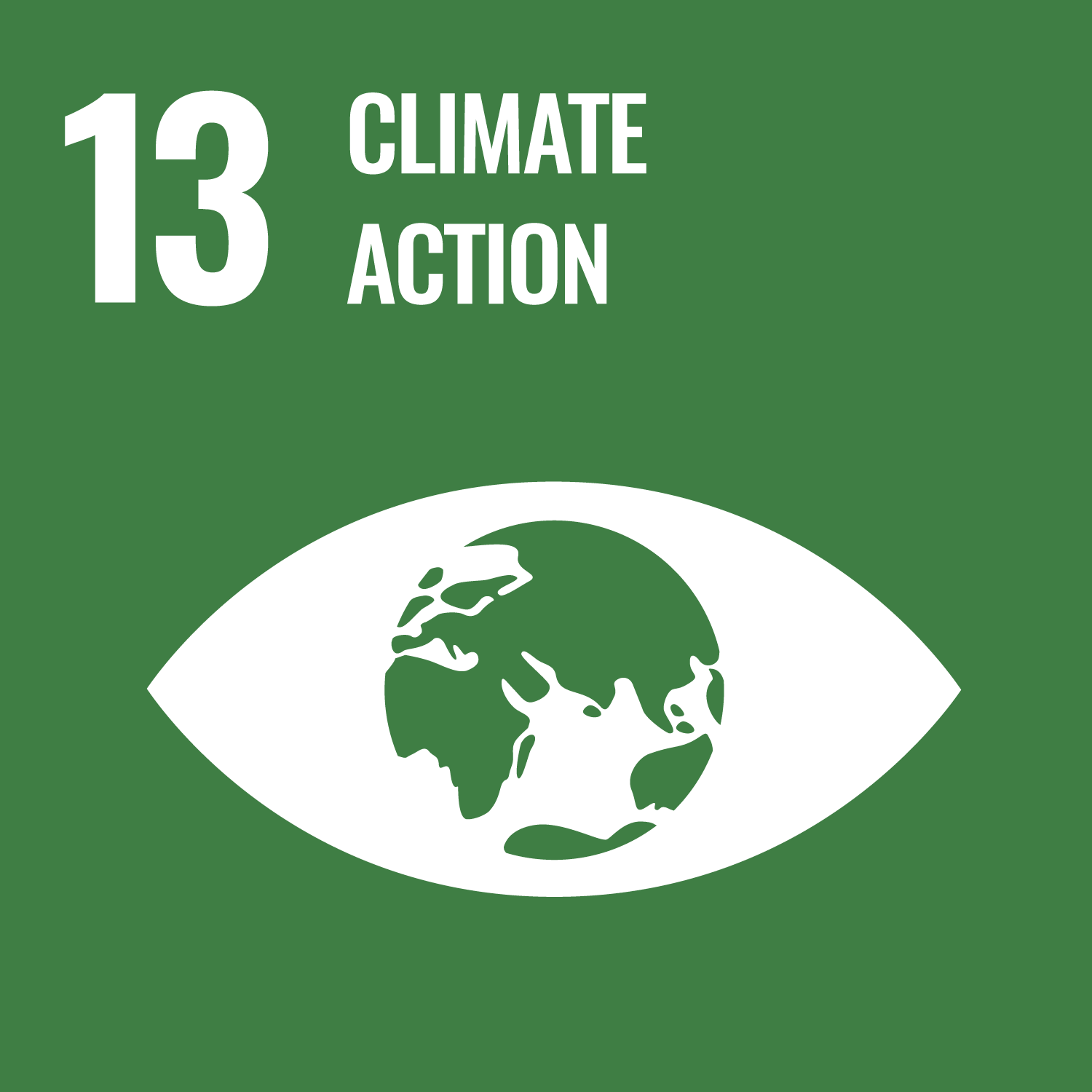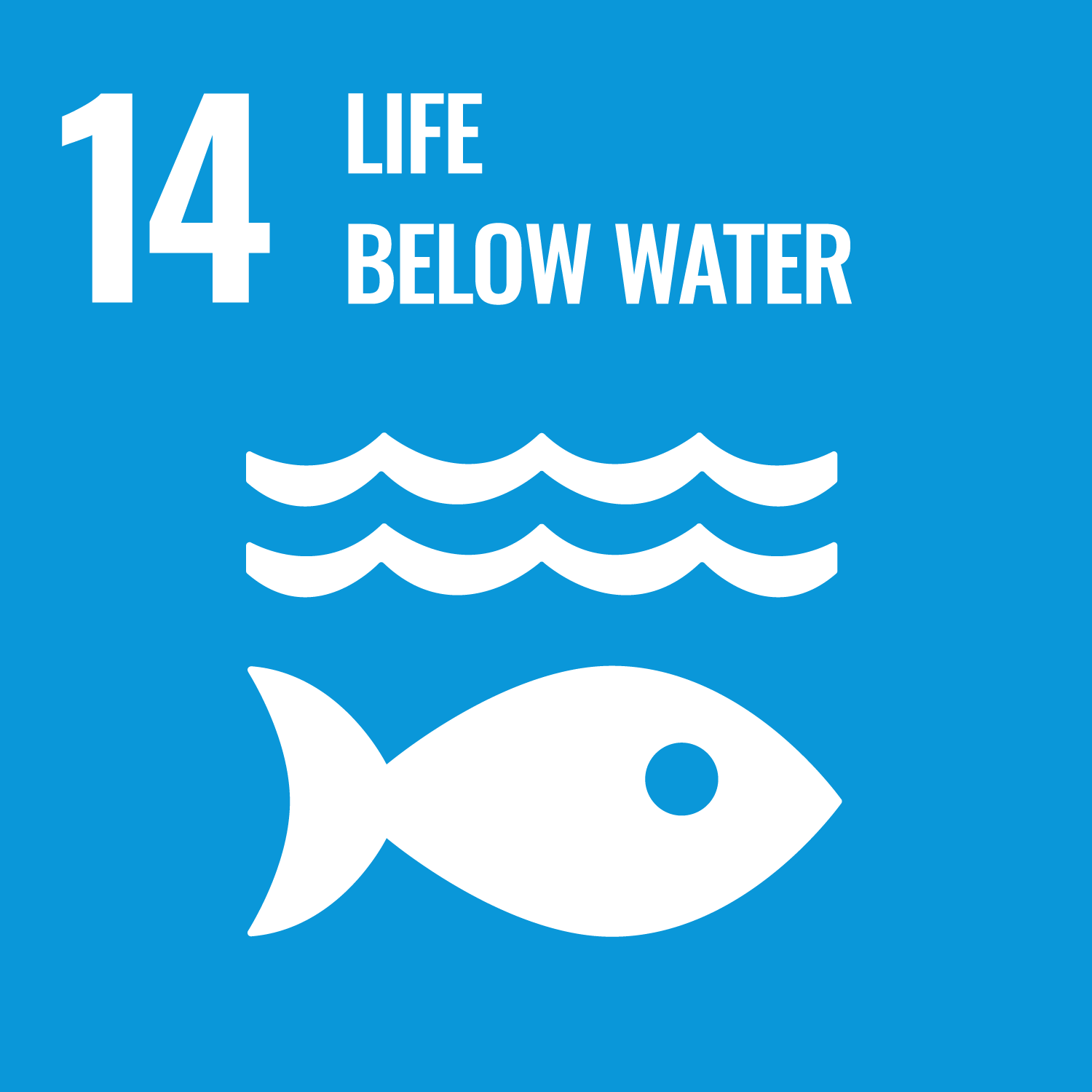Sustainability in SHIKOKU CHEMICALS CORPORATION Group

Sustainability in SHIKOKU KASEI Group
-
The Concept of Sustainability
Under our longstanding corporate philosophy of "Doku-sou-ryoku (creativity)," SHIKOKU KASEI Group considers addressing the global environment and social issues as one of the most important matters of management policy.
Our approach to the "vision for 2030," set forth in our long-term vision of "Challenge 1000," and "YONPOYOSHI(favorable in all four directions)," which is the action plan, defines our group's sustainability.
Since environmental and social issues are diverse, we have identified important issues for prioritization (materiality) that will lead to sustainable company and social growth. We will aim to work efficiently and maximally to serve a business that contributes to resolving issues and the realization of a sustainable society.
Moreover, the achievement of the "Challenge 1000" financial goals will also lead to an increase in our management resources. This will enable material solutions that are developed from the current state in terms of both quality and quantity, and lead to greater investment. We believe this will eventually result in a higher level of contribution for each stakeholder listed in the "YONPO-YOSHI" policy and further improve our group's sustainability. -
Continuous Sustainability Promotion
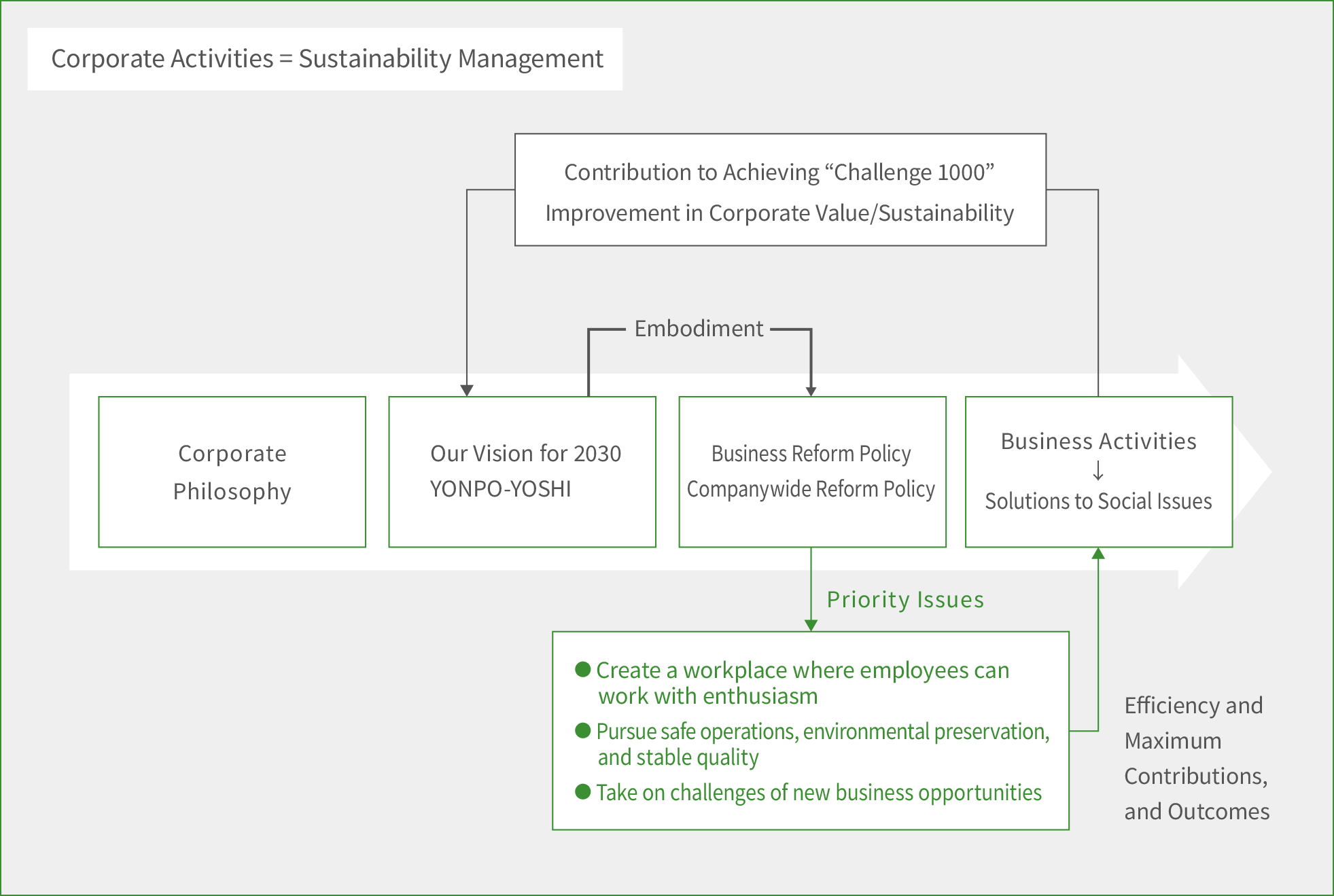
-
Promotion Structure
Initiatives geared toward achieving the long-term vision, "Challenge 1000," are implemented by each business and group company; this progress is reviewed and managed by each operating company. In addition, the Corporate Planning Department summarizes and regularly reports on the progress to SHIKOKU KASEI HOLDINGS CORPORATION's Board of Directors and Corporate Strategy Meeting, where decisions are made taking into account the potential impact on the environment and society.
The Group will continue to hold a dialogue with internal and external stakeholders to identify the expectations and demands of society and utilize them to promote sustainability activities.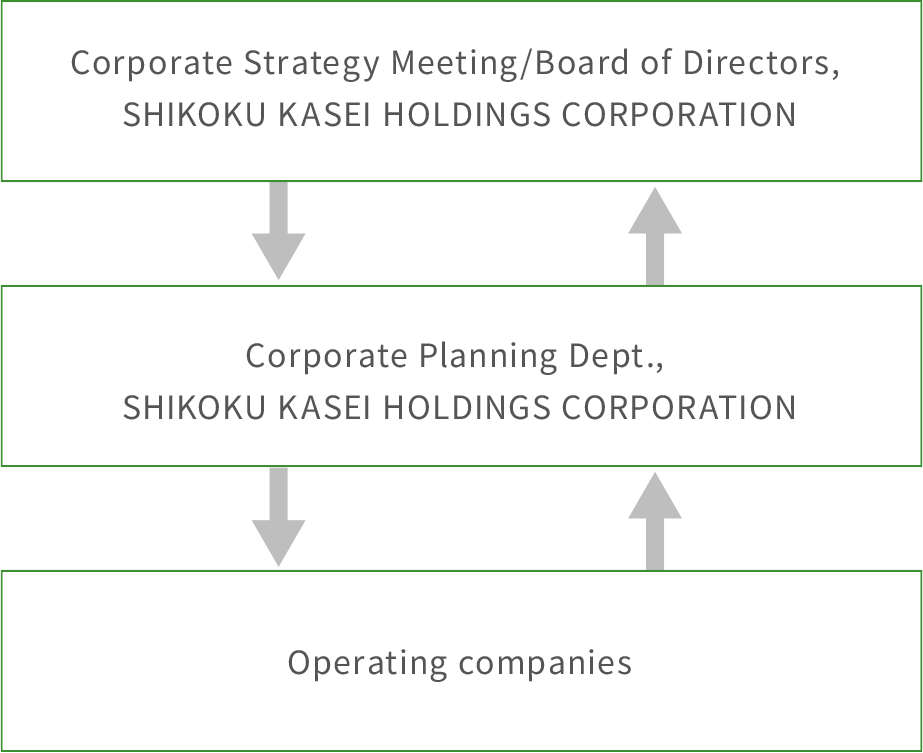
-
Identification Process
We identified materiality to be addressed in order to achieve our aspiration to “Toward ‘one-step-ahead, proposal’ company with creativity” by 2030 set forth in the long-term vision, “Challenge 1000”.
- Specific Processes
- The materiality of our group was determined through four processes.
- Step 1
- We identified issues that were of high priority to our stakeholders and our group from among the social issues addressed in the 17 goals and 169 targets of the SDGs.
- Step 2
- The relevant divisions within the company held repeated discussions on the issues of high priority, and thereby identified and examined the initiatives and target items.
- Step 3
- Dialogues were conducted with external experts on the draft content discussed internally, considering stakeholders’ perspectives.
- Step 4
- It was resolved at the Board of Directors.
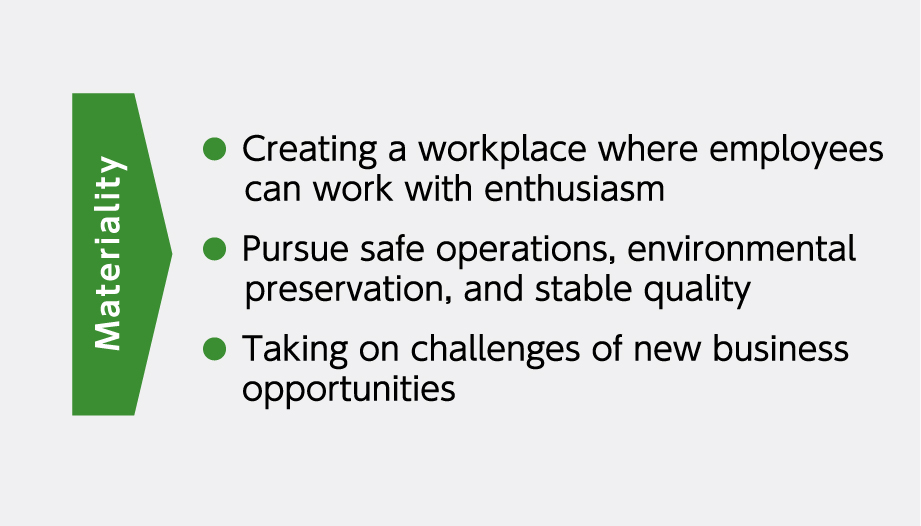
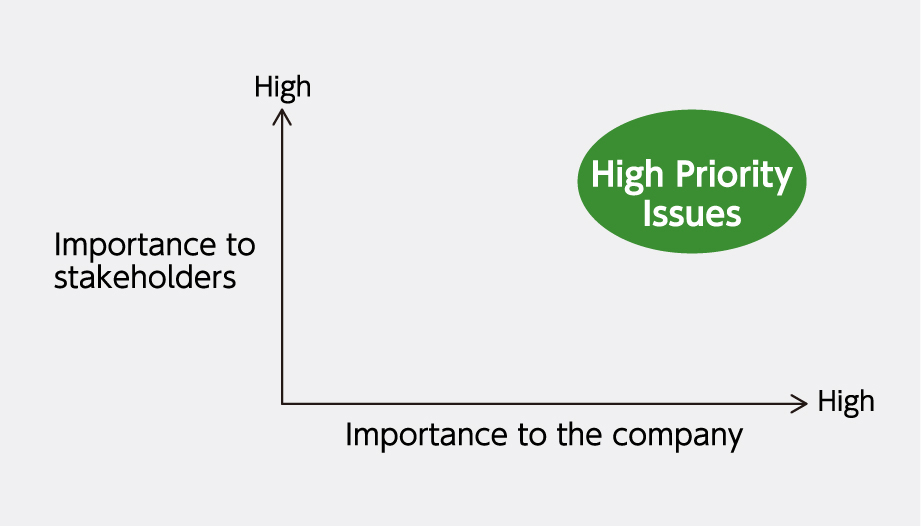
-
Materiality and Initiatives of SHIKOKU KASEI Group
Materiality Initiatives KPI 2025 Target 2029 Target Create a workplace where employees can work with enthusiasm
Main connections with "Challenge 1000"
<Companywide Reform Policy: creation of company climate, creation of human resources>- Promotion of work-life balance
- Initiatives for flexible and
diverse work styles - Promotion of mental and physical
health of employees - Recruitment and performance of
diverse human resources - Effective measures to eliminate
harassment
High engagement ratio from the employee survey
(base year: 2023)Score
improvement
of 3 pointsScore
improvement
of 5 pointsPercentage of persons with high stress by stress check 8% or less 5% or less Annual paid leave acquisition rate 70%/person
or higher75%/person
or higherHealth and Productivity Management Outstanding Organization Certified as a Health and Productivity Management Outstanding Organization Certified
as a White
500 companyRatio of female managers 5% or more 10% or more Employment ratio of people with disabilities 2.3% or more 2.5% or more Pursue safe operations, environmental preservation, and stable quality
Main connections with "Challenge 1000"
<Business Reform Policy>- Fostering a culture of safety
- Facilitating the transition to
a decarbonized society - Capital investments in safety/
environment/quality - Promotion of responsible care
activities - Strengthening compliance and risk
management - Establishment of a sustainable
supply chain
Lost time accidents 0 cases/FY 0 cases/FY GHG emissions, compared to FY2021 Decreased 16.8% Decreased 33.6% Ratio of renewable energy use 10% or more 30% or more Incidence of critical environmental and quality problems 0 cases 0 cases Reduction in water consumption (chemical production
volume unit at three chemical plants)3% reduction
compared to FY20205% reduction
compared to FY2020Requesting new business partners to comply with CSR 100% 100% Take on challenges of new business opportunities
Main connections with "Challenge 1000"
<Business Reform Policy>
<Companywide Reform Policy: creation of values>- Creation of products and services to
solve social issuess - Promotion of open innovation
- Creating a culture, developing
human resources, and designing
systems to address challenges
Sales from new sustainable products and services and the development of new businesses outside the framework of existing businesses 2.5 billion yen 5.0 billion yen Improvement of new business unit structure Establishment of a basic
operation systemOperation/
improvementSales of existing businesses 77.0 billion yen 96.0 billion yen
